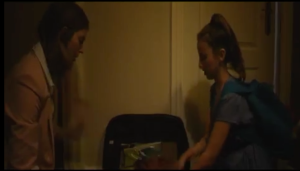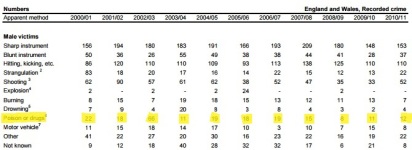In preparation for my role as editor, I borrowed and read Roy Thompson and Christopher Bowen’s second edition of The Grammar of the Edit. I had some experience with the technical side of editing, I mean to say that I knew how the software worked physically; how to splice, trim and reposition clips into a sequence.
The Grammar of the Edit became my manual on everything I needed to know before tackling the daunting task of editing something substantial for the first time on Avid Media Composer which has a notorious reputation for being more complex and less user friendly than Adobe Premier Pro and Final Cut Pro.
It described to me the various cuts and encouraged me to try more adventurous ones which all facilitated in the creation of meaning via the edit for example, the concept edit which involves having two or or more shots which, “when joined together in the narrative at a certain point, will convey a mood, make some dramatic emphasis, or even create an abstract idea in the mind of the viewer.”
I used this technique in the kitchen scene to create a sense of foreboding before Megan starts to stir the soup. The combination of Sophia saying “stir it while I go get the pepper” over the shot of the gas flame on the hob before cutting to a close up of the father should work as a visual metaphor for something bubbling away under the surface about to go wrong.











